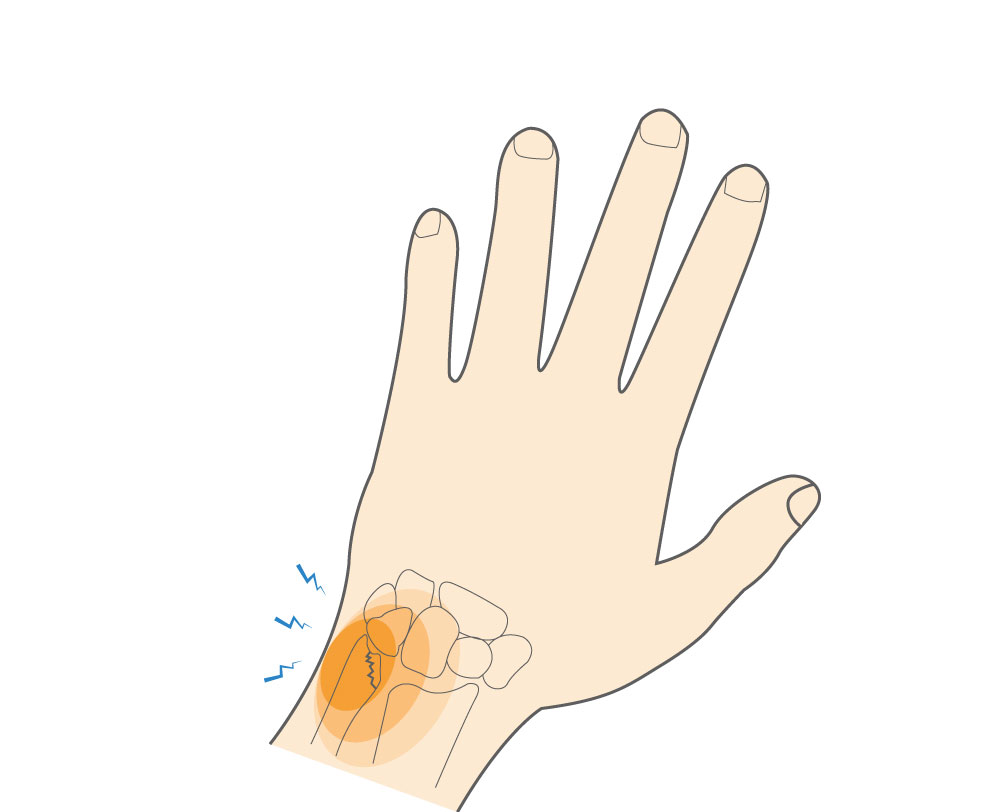The forearm is made up of two bones, the bigger of the two bones is called the radius and is located on the inside of your wrist while the smaller of the two bones, located on the outside of your wrist is called the ulnar. The ulnar extends from the elbow to the wrist. The ulnar can be fractured or broken anywhere along its course. When it is broken at the wrist it is often called a ulnar styloid fracture. Ulnar styloid fractures usually occur from direct trauma such as in sports or a fall. Isolated ulnar styloid fractures are relatively rare as often the ulnar is fractured at the same time as the radius. Occasionally a ulnar styloid fracture can be associated with damage to the ligaments on the outside of the wrist resulting in a more serious injury.


